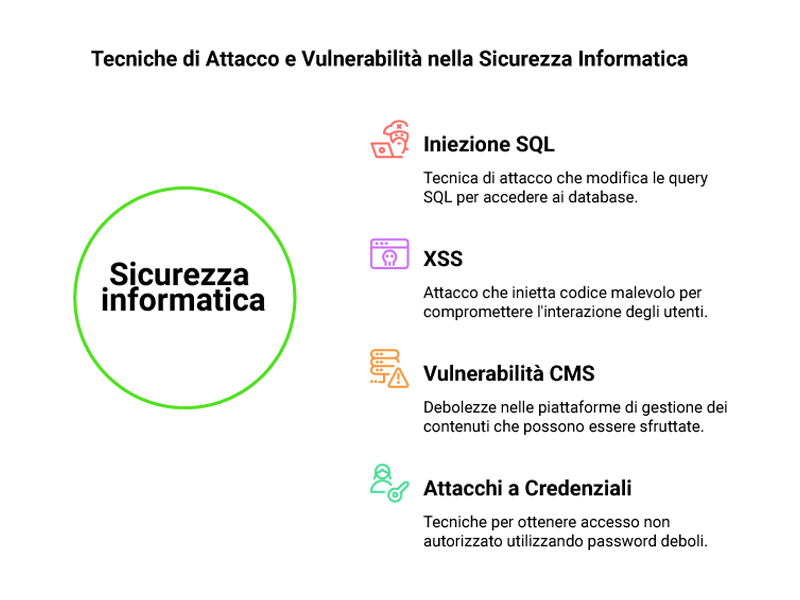Defacement: When Hackers Rewrite the Face of the Web

Defacement is one of the most evident and media-attracting threats in the cybersecurity landscape. It is a cyber attack in which an attacker modifies the visible content of a website, often to convey political or ideological messages or simply to demonstrate a vulnerability. Although, compared to other threats like ransomware and APTs, defacement may seem less economically damaging, the reputational harm and loss of trust can be substantial.
How Does a Defacement Attack Occur?
A defacement attack exploits vulnerabilities in web systems to gain unauthorized access to website files or the content management database. The most common techniques include:
- SQL Injection: By manipulating a website’s SQL queries, attackers can gain access to databases and directly modify content.
- Cross-Site Scripting (XSS): By injecting malicious code into web pages, a hacker can compromise user interactions with the site.
- CMS Vulnerabilities: Content management platforms such as WordPress, Joomla, or Drupal may contain security flaws that, if left unpatched, allow attackers to gain administrator access.
- Credential Stuffing and Brute Force: The use of weak or reused passwords can enable attackers to take control of high-privilege accounts.
Impacts and Consequences of Defacement
A defacement attack clearly has significant repercussions, including:
- Reputational Damage: A compromised site may spread offensive messages, fake news, or inappropriate content, undermining user trust.
- Loss of Customers: If the site represents a company or institution, perceived reliability is compromised.
- Search Engine Blacklisting: Google and other search engines may blacklist the site, making it invisible in search results.
- Potential Legal Issues: In the event of illicit content dissemination, the organization may face investigations or penalties.
Case Studies of Defacement Attacks
1. NASA Website Defacement (2019)
In 2019, a group of Brazilian hackers managed to breach one of NASA’s web pages, replacing the content with a political message. The attack demonstrated how even the most technologically advanced institutions can be vulnerable to this type of threat.
2. Philippine Government Defacement (2022)
In 2022, several government websites in the Philippines were defaced by a group of activist hackers. Official pages were altered to express dissent against government policies, highlighting how defacement is often used as a tool of cyber activism.
3. Sony Pictures Attack (2014)
One of the most notorious incidents in the private sector was the attack on Sony Pictures in 2014. Although the attack was more complex than a simple defacement, some corporate web pages were altered to display threatening messages and leak sensitive data. Defacement can indeed be the prelude to more destructive attacks.
How to Protect Against Defacement
To mitigate the risk of defacement attacks, it is essential to adopt a proactive security approach:
- Continuous Updating: Keep CMS, plugins, and frameworks up to date to minimize the risk of exploitable vulnerabilities.
- 24/7 Automated Detection and Response: Enable the system to self-protect in real-time.
- Credential Hardening: Use strong passwords and multi-factor authentication (MFA) for administrative accounts.
- Web Application Firewall (WAF) Protection: Filter malicious requests and block the most common web application attacks.
- Continuous Monitoring: Anomaly detection tools can identify suspicious changes to site files.
Defacement Is Not Just an “Aesthetic” Problem
Defacement is not just an aesthetic issue; it is a clear indication of a security breach within an organization. Implementing adequate protection measures and adopting advanced solutions, like those offered by Gyala, can make the difference between a failed attack and irreparable reputational damage. Cybersecurity is a continuous process: it is not enough to protect today; we must also be prepared for tomorrow’s attacks.